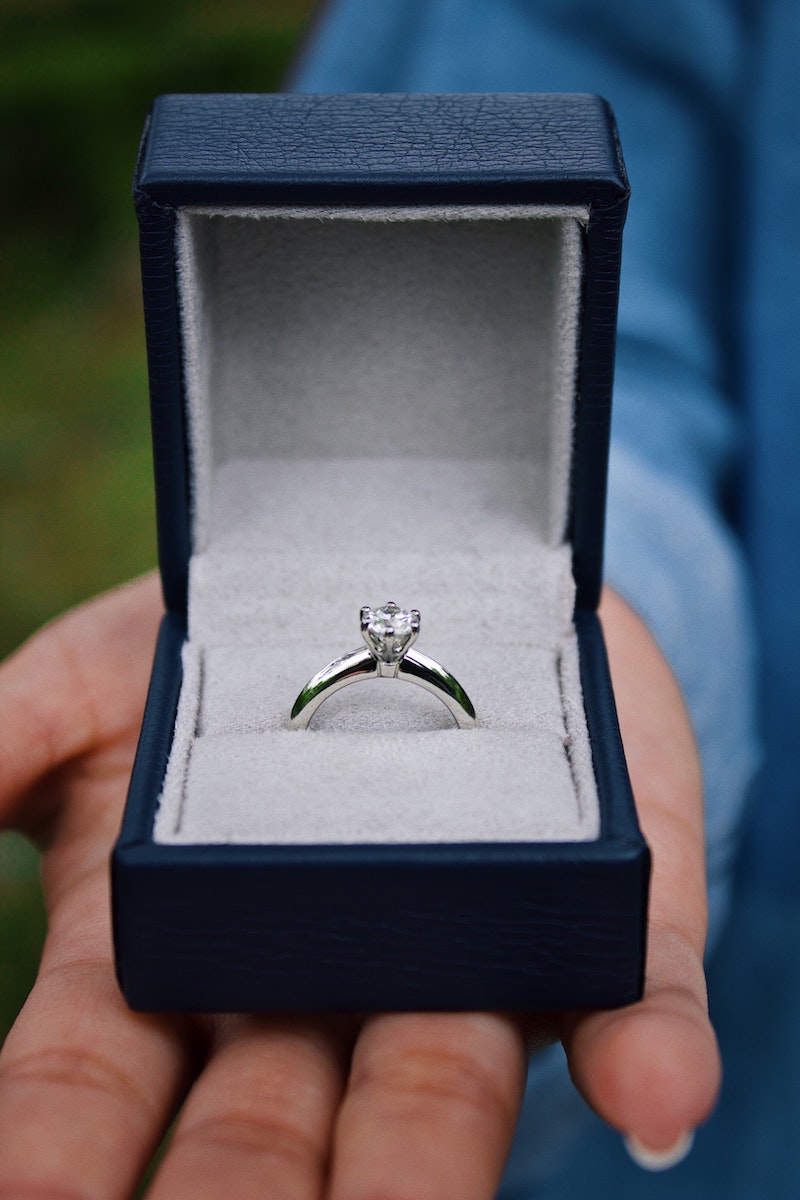
Lab-Grown Diamonds Growing in Popularity
Diamonds have always been the ultimate symbol of luxury and glamour and to this day, they are the chosen stone for engagement rings across the globe.
They may still be a girl’s (and boy’s) best friend, but the question remains – does it matter if they are naturally mined or grown in a lab?
Current diamond buyers have answered this question clearly and unequivocally – it doesn’t matter, particularly when lab-grown diamonds shine just as bright and have similar characteristics to quality mined diamonds.
The proof is in the statistics – the global synthetic diamond industry is estimated to garner a revenue of around $32,760 million in 2028, up from $19,145 million in 2019.
The Four Cs that Matter
In order for lab-grown diamonds to make the cut, they should boast the same quality when it comes to the four Cs – the characteristics that give diamonds the specific value they have.
These Cs are Carat weight, Cut, Color, and Clarity. The world’s most exclusive brands use diamonds with a D to H rating (which means they are transparent/colorless), and those that have next-to-no flaws.
In other words, diamonds should have a Clarity rating ranging from F (flawless) to VS1 or VS2 (very slight inclusions one or two). Ideally, a luxury diamond should be rated around VVS1 or VVS2 (very very slight inclusions one or two).
The good news is that lab-grown diamonds can easily be made to high standards, because they are made under controlled conditions.
Simple and Fancy Cuts
Today’s biggest diamond buyers are still couples getting engaged. If you are looking for a lab-grown diamond, you may wonder if this stone is available in classic engagement ring cuts and designs.
The answer is that they certainly are. Princess cut and emerald cuts have always been popular among couples, but currently, there is a much wider array of designs to choose from than in the past. These include vintage cuts (such as rose-cut diamonds), twisted pave wedding bands, and Asscher-cut diamonds.
Lab-grown diamonds can be cut into an infinite number of shapes, so if you are after something bespoke, a synthetic rock could also fit the bill.
In the world of wedding jewelry, colored gemstones (including green, pink, and black diamonds) are fast-growing in popularity. Lab-grown diamonds can also be made in these hues.
Bigger and Cheaper
Lab grown diamonds can currently be grown up to a weight of around 10 carats. There are two ways that they are made. The first is via the High-Pressure, High-Temperature (HPHT) technique, which uses heat and pressure to transform carbon into a “diamond seed” (a single crystal Diamond that is about as fine as a human hair).
The latter is a starter stone from which the gemstone can grow. The second system is called Chemical Vapour Deposition. It is a bit like 3D printing, in that it applies fine layers to a Diamond Seed in a vacuum chamber.
On average, buyers around 30 percent less for a synthetic diamond than a naturally mined one of the same size and general characteristics.
Lab-grown diamonds are in demand because they shine brightly at a smaller price. Current techniques enable manufacturers to create diamonds of up to 10K in size.
Synthetic diamonds may be cheaper, but they are still a luxury item, however, which explains why when it comes to wedding rings, one- to three-carat rings are still the top choices.
